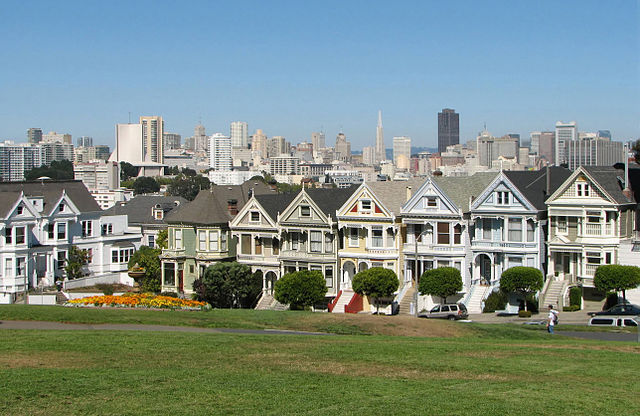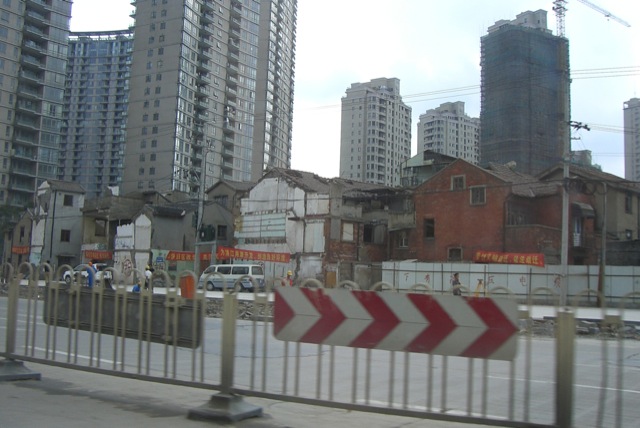Usually, The Economist lives up to its name in analyzing important issues. But it misses the point in its latest article on housing affordability. The article notes that the British government has set a target of building enough homes so that real housing prices rise only 1 percent faster than inflation.
That’s an idiotic target. First, why should housing prices rise faster than inflation at all? In a market unhampered by government regulation, housing prices will rise and fall with incomes, and rising incomes lead to higher prices because people buy bigger or more luxurious homes, not because homes themselves rise in price faster than inflation.
Second, the idea that government planning can control housing prices is as bad as the idea that government should plan housing in the first place. The government’s plan is to relax some housing regulation, which is good, and to subsidize new homes, which just transfers the burden from one group of people to another. What the government should do is get out of the way entirely.









